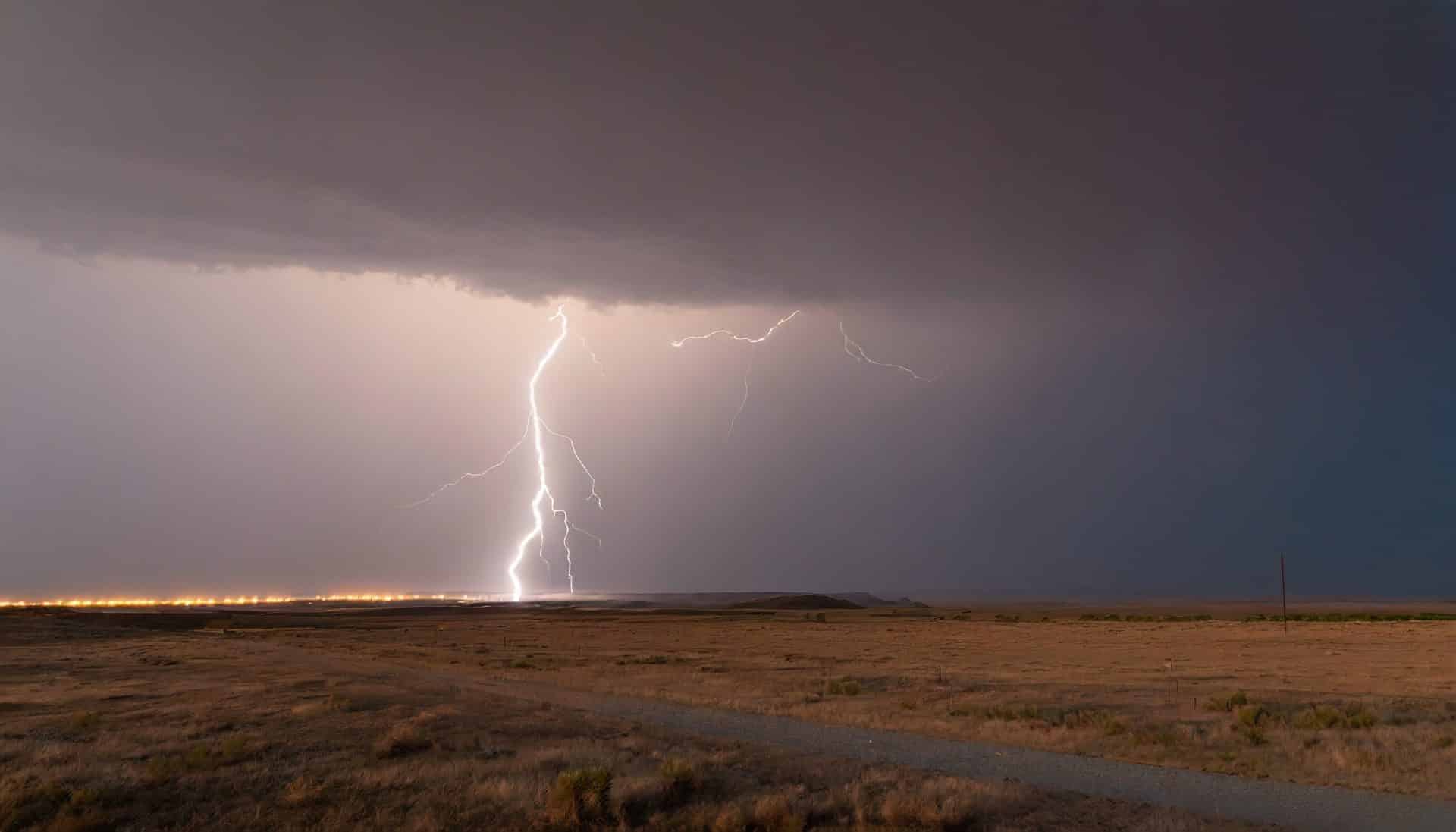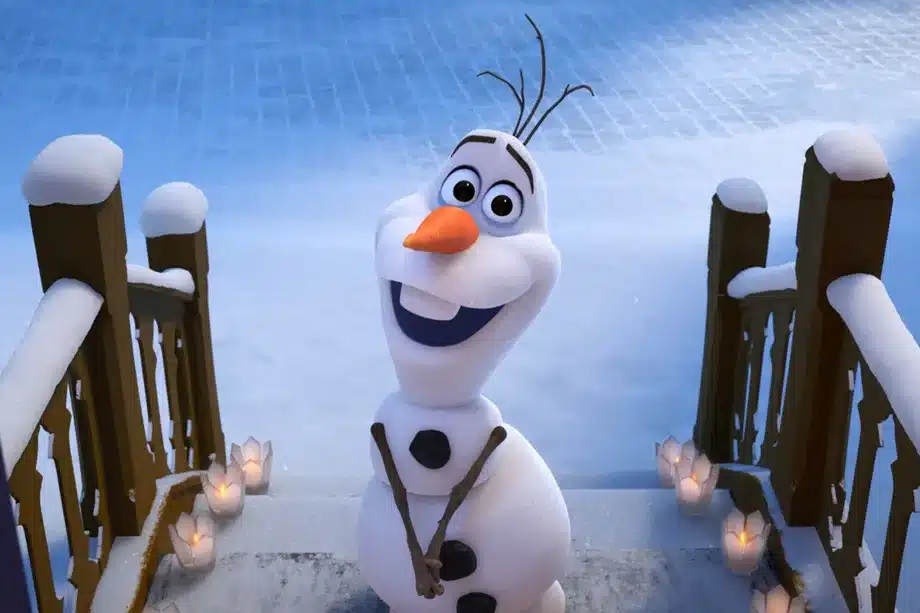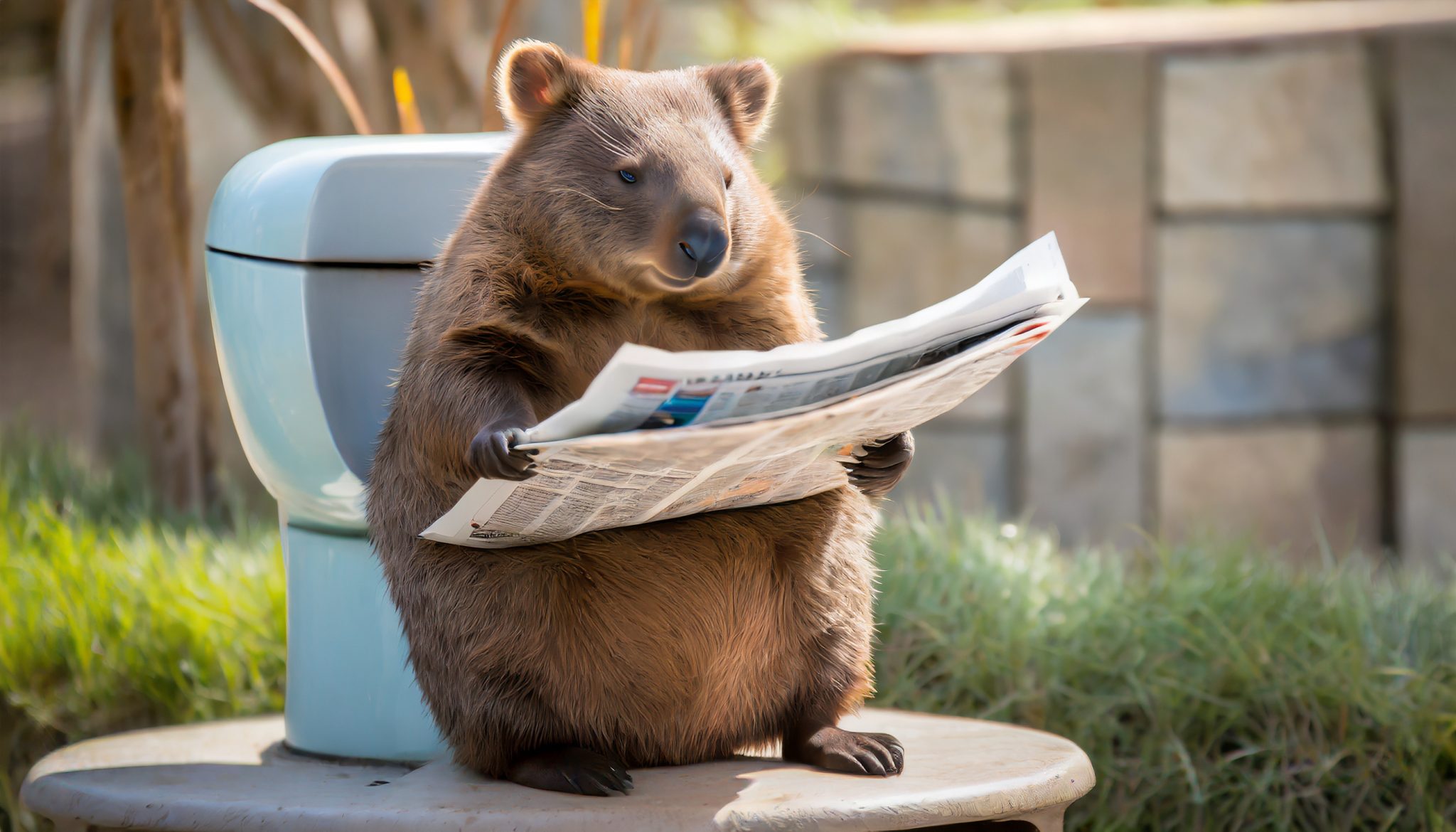
Water has memory
Now, this fun fact tickled my fancy. Hold on, ‘Water has memory?’ Well, isn’t that just the cat amongst the pigeons, Olaf? He might be more than just a “funny, enchanted snowman,” don’t you think? Let’s dive in and see how well this holds up under scrutiny.
Looking at this scientifically, and believe me when I say I’m no scientist, Olaf’s statement is, unfortunately, about as reliable as a chocolate teapot. The properties of water are well studied, with the idea that water has memory proving to be a bit of a slippery ice slide. See what I did there? The idea of water having memory is linked to a concept used in homeopathy, a form of alternative medicine. But does hardcore science back this idea up? Well, not quite.
No reputable study or piece of research has yet to suggest that water has memory. Water being ‘impressionable’ is more about changing form under different temperatures or conditions – from ice (like our friend Olaf) to liquid water to steam. But ‘remembering’? Let’s leave that to the elephants, shall we?
But let’s not be too harsh on our frosty friend. After all, he’s a fun-loving, happy-go-lucky snowman trying to understand the world, right? Can we still find some magic in Olaf’s claim? Of course! After all, the magic isn’t always in the facts, but sometimes it’s simply in the wonder of the world around us. So, while ‘water memory’ may not be scientific, it’s a fun thought!

Turtles breathe through their butts
When you thought you knew everything about animals, our affable snowman Olaf shoots out an absolute corker, right? As per his claims, ‘turtles breathe through their butts’. We’ve got to side-splittingly admit the phrase isn’t very highbrow. Oh, Olaf, you certainly snow us under with your facts. But is it rooted in reality, or has Olaf’s carrot nose grown a bit longer?
Well, dear reader, brace yourself for a titbit that will be the life of your next tea party. This fact is actually – hold onto your hats now – true! Some turtles, particularly Australia’s white-throated snapping turtles, can respire through their rear ends during hibernation, or ‘brumation’ if we’re all technical with the terminology. This rare ability is known as ‘cloacal respiration’.
But how does it work exactly?
Let’s paint a quick picture without going into a science lecture that would put even the most intellectual of nerds to sleep. In turtles, the cloaca is the ‘all-in-one’ stop for the urinary, digestive, and reproductive systems. This ‘jack of all trades’ multitasking organ lets them breathe from their bottoms when things get a bit chilly. We might not be pulling hair-splitting stunts in Arundel, but we admit that’s a pretty neat trick, don’t we?
During brumation, turtles lower their metabolism and barely breathe to save energy. Their lung breathing becomes almost non-existent, but some oxygen is absorbed through their cloaca to keep them from ultimately going under. Winter survival strategy, anyone?
So, Turtles breathe through their butts, eh? Who would’ve thought?
In summary, Olaf’s icy-ridiculous-sounding fact is grounded in scientific truth. So, the next time you’re impersonating our lovable snowman at a costume party, don’t forget to share this ‘finely-tailored’ accurate tale about turtles. Remember, no matter how hysterically delivered, each piece of wisdom has the potential of unboxing a magnificent world of knowledge!

Men are six times more likely to be struck by lightning than women
Brace yourselves because Olaf dropped a shocking winter storm of a fact. With all the authority a snowman can muster, he announced that men are six times more likely to be struck by lightning than women. So, dear reader, should we dump our umbrellas and start living in constant fear of stormy weather if we chance to be of the male persuasion?
This claim’s Reality Check
Turns out, our frosty friend was packing some truth in his carrot nose. According to the National Weather Service data, men are likelier to be struck by lightning than women. But hold your horses; the figure isn’t six times as Olaf claimed.
“Between 2006-2013, 82% of people killed by lightning were male.”
These figures don’t scream ‘six times’ but suggest a stark gender disparity. But why are men more lightning-prone, you ask? The reason is relatively less about biology and more about behaviour. Men tend to engage more in outdoor activities like fishing, camping, and golfing, which makes them more susceptible to lightning strikes.
Ah! That made me think twice about that weekend golf plan. So boys, maybe it wouldn’t hurt to carry an extra large brolly, just in case?
While Olaf may have exaggerated the number, we chaps seem more prone to having electric encounters. It’s just not precisely six times more probable. Remember, regardless of gender, the smartest thing anyone can do during a storm? Stay indoors!
Move over, Olaf; the Fact Checker is here to cool down these hot facts.

People blink 4 million times a day
Now, here’s a tasty nugget from our friend Olaf that sounds quite amusing. Four million blinks a day? That’s more blinking than a disco ball at a 70s-themed dance party! But let’s crack on and do a blink-count, shall we?
Blinking Reality check
Right, let’s dive straight into this. The average person blinks about 15 to 20 times per minute. We’re awake for about 15 hours a day (let’s assume our 8 hours of beauty sleep, of course), which makes it around 900 minutes of wakefulness. A quick bit of maths here – even if we’re at the upper end of blinking… that would be:
20 (blinks per minute) x 900 (minutes awake) = 18,000 blinks a day
I’m no mathematician, but I’m sure 18,000 is much less than 4 million! So, even if you’re an Olympic gold-medal-worthy blinker, you’re not coming close to Olaf’s magical 4 million.
Sorry to burst your bubble, kids. It seems Olaf might have his blink count a bit wrong (or perhaps he was getting excited about all the blinking he’s been seeing). While 18,000 blinks a day might not sound as impressive as 4 million, it’s still a reasonable effort. I mean, can you imagine blinking 18,000 times in one day? It’s a wonder we’ve got time to do anything else!
In conclusion, if you want to reach Olaf’s magic number, you’d have to blink non-stop for… wait for it… nearly 93 days! I don’t think I need to tell you that unless you’re a particularly sleepy snowman with no other plans for the next three months, this ‘fact’ is a gloriously frosty piece of fiction!

Wombats poop in squares
Onwards to cubes and quite the stinky business, my dear reader! I have it on good authority that Olaf is quite adamant that wombats, those huge, fuzzy, adorable creatures from down under, defecate in squares. Quick question- can you imagine pooping cube-shaped cubes? Ha! I certainly cannot and wouldn’t want to either.
Olaf has gotten this essentially right, albeit with a minor tweak. Wombats don’t poop solid squares but cube-shaped poop. Curious. Even more curious is how they do it. Before you raise your eyebrows any higher, wombats are not equipped with a square-shaped backside. No, it’s their intestines that do the trick. They have an unusually long and slow digestive process, allowing their faeces to dry out and form into cubes before expulsion. Nature’s little joke, you could say.
Cubes from the Wombat Reality Check
Now, let’s return to the original point – are these cubical leavings a fact? The answer is a resounding ‘Yes’, and science backs it up. Researchers have discovered that wombats’ intestines have regions of varying elasticity, which shapes the faeces into cubes. Wombats are the only known species in the world capable of this cubic feat. So, take a bow, Olaf; you have the precision of a hawk when spotting the weirdest facts out there!
Verily indeed! Olaf touts the truth once more. Wombats do poop cubes, making many of us rethink what we learned about geometry in school. Who knew shapes were also a part of potty talk or Disney family films? The world is indeed full of wonders. So, let’s mark this claim as ‘accurate’. While it’s amusing, it’s also a proud moment for our snowman friend. And importantly, diligent Frozen Fact-checkers continue to be amused and enlightened.

Olaf’s Inspirational Quotes for Kids
Now, it’s high time we shed some light on that side of Olaf’s persona, which renders him a heartening figure, particularly for our youthful audience. A quick leaf through the dialogues from the Frozen series, and you’ll find that our comical, snow-made friend indeed has a way with words. Yes, we’re referring to none other than Olaf’s adorably inspiring quotes!
“Love is putting someone else’s needs before yours.”
Well, isn’t this a humbling one? Olaf is a keen observer and sees this truth in Anna’s love for Elsa. Selflessness teaches kids an important lesson about love in a way that’s understandable and utterly heart-melting…but not in a way that’ll harm Olaf, we hope!
“Some people are worth melting for.”
Oh, Olaf! Learning about sacrifice and self-giving love from a snowman? It’s a paradox, alright, but it’s a true nugget of wisdom. This little gem of a line teaches us that some bonds are so special we’d be willing to melt…oh, I mean, go the extra mile for them.
“I’m Olaf, and I like warm hugs!”
What says positivity and open-heartedness better than this delightful line right here? Olaf, you might be made of ice and snow, but your soul is warm! Despite his cold exterior, Olaf constantly serves as a symbol of warmth and affection. Important lesson here, kids – always be ready to welcome someone with a warm embrace!
And there we have it. Our Snowman buddy is a bundle of wisdom concealed beneath layers of frosty cuteness. So, what’s your favourite Olaf quote? Is there a quote you thought deserved a mention here? And most importantly, have you addressed someone with ‘Hi, I’m [Your Name] and I like warm hugs’ yet?



